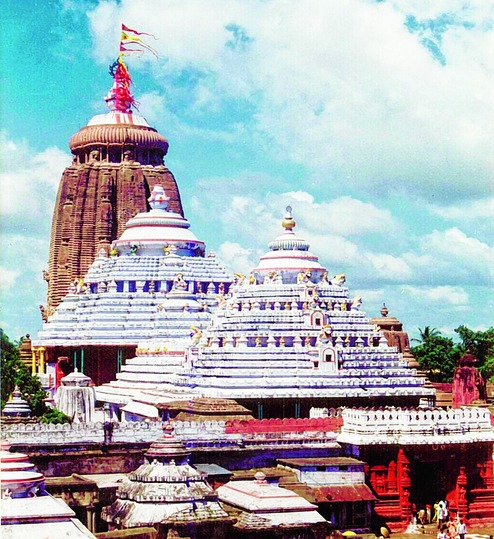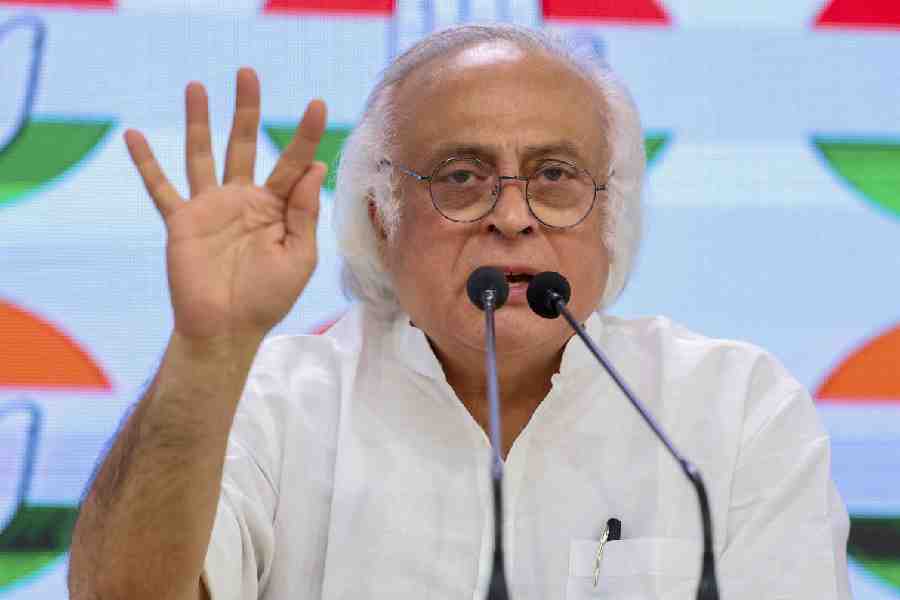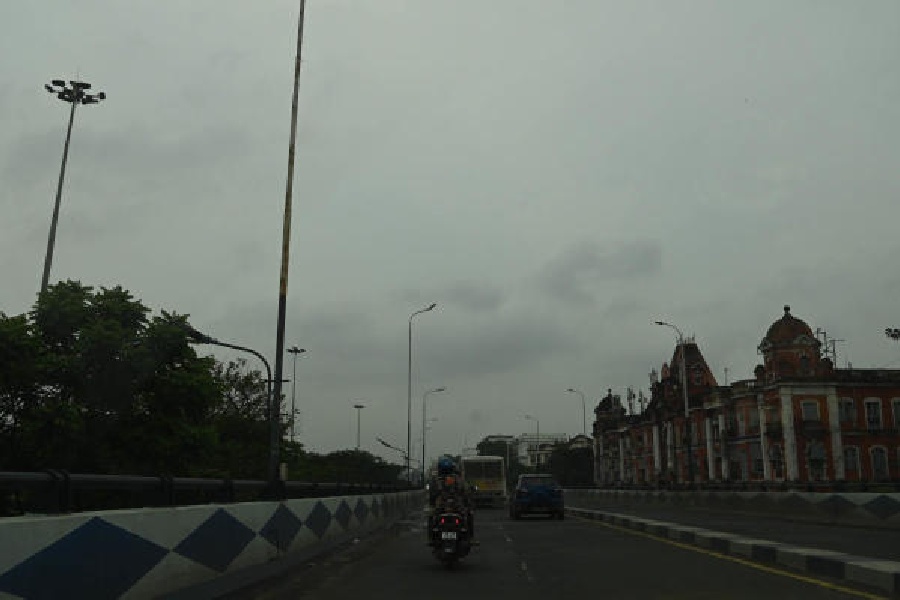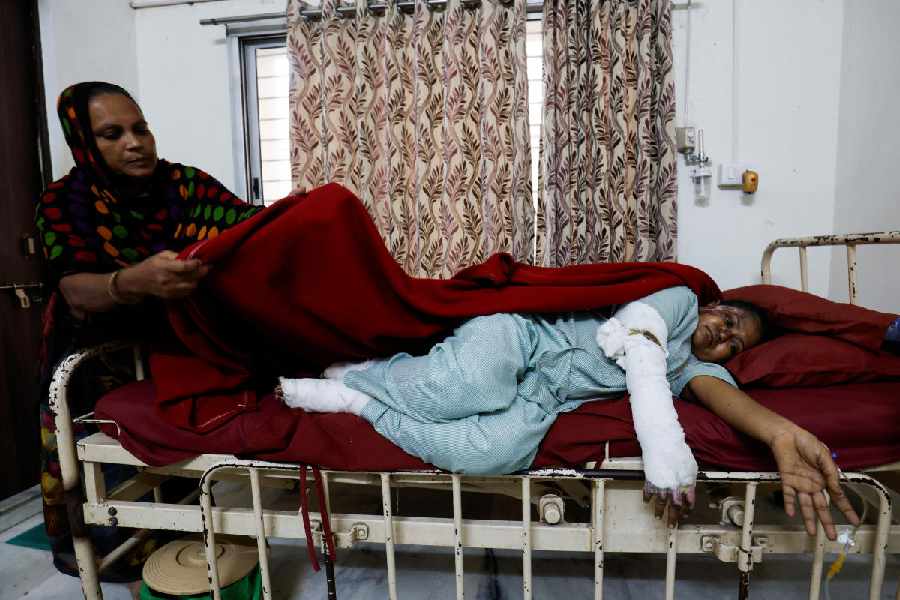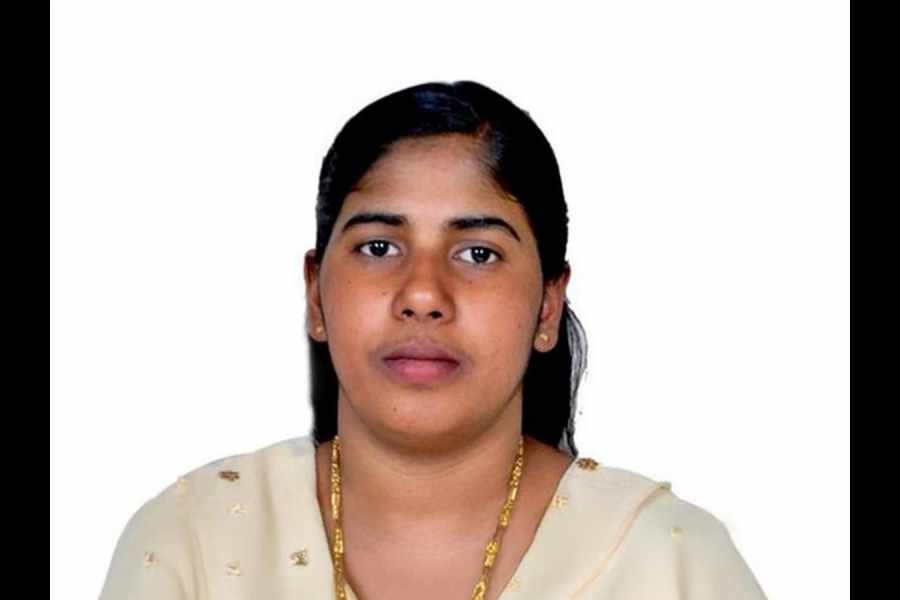
As the Bhagvad Gita says, the soul discards the body like worn-out garment and wears new ones. This event comes only when, according to Hindu calendar, a year has two Asadhas (the season of rains). Historians have enumerated various years since hoary past when there was Nabakalebar. With reference to the temple chronicle, Madala Panji, and other relevant records, scholars have put the date of first and second Nabakalebars fell in 1575 and 1593 during the reign of King Ramachandra Dev. The last one was in 1996.
Rath yatra is the annual festival of Lord Jagannath when the Lord, along with His siblings, comes out of the temple for the journey along the highway to the Mausima temple, riding on three elaborately constructed chariots. Entry to the Jagannath temple still remains restricted to the Hindus and allied faiths. And so during the journey, everyone irrespective of caste, creed and religion gets an opportunity to see the deities. Rath yatra acquires a special significance in the year of Nabakalebar.
This year, the special journey of the Lord and His siblings has fallen on July 18. The elaborate ritual preceding the function called external banajaga yatra by the designated servitors of the temple is long over. The sacred neem trees for the holy triad and Lord Sudarshan, located at four different villages, have been brought into the temple. The internal banajaga when the new bodies in Koili Baikuntha are made and the old ones buried along with their accessories was to be performed last Tuesday, June 15. Koili Baikuntha is thus a place of both birth and death, a Karusala and Mahasmashan.
For both numerous secret and exotic rituals based on ancient religious texts are performed. These are running for the centuries. For centuries, too, various hereditary grades of servitors, Chhatisa Niyog, Daitapati Niyog, Badagrahi and so on numbering about 700 have claimed that these are known only to them.
The ritual was scheduled for the late night of June 15. According to the tradition, a yajna is performed in which the Gajapati gives purnahuti, the temple is cleared of all pilgrims, lights are put off and all the four doors of the temple closed. The next step is the most important part of the ritual, the Brahma (soul) transfer from the old bodies to the new. This was to be completed before morning. The devotees were outside the temple on Badadanda singing bhajans, lighting hundreds of lamps, eagerly waiting for darshan. Unfortunately, all the four doors remained closed for nearly 17 hours - which was unprecedented. The rituals were completed only by the late afternoon of June 16. It was thus a big fiasco and the blame game has started. The Puri Gobardhan Pitha's seer, the Gajapati Maharaja, and the entire people of Odisha were stunned. The temple administration and the servitors now blame each other. The whole society wants the responsibility to be fixed. It has been realised that the devotees were most disappointed. Obviously it is a slur on the good name of Odisha and its people.
The Brahmas have been mystery for ages. But, the delay in Brahma transfer was apparently due to clash between two groups of servitors. The people naturally call for exemplary punishment to the mischief-makers after fixing responsibility to prevent reoccurrence of such incident. Unfortunately, under the Temple Act, the maximum penalty for any errant servitor is "suspension or dismissal" of service of temple. Perhaps the reorientation of the temple administration and the structure revision of the entire servitors are urgently necessary to ensure the good name of the state.
(The author is a poet and literary critic)

